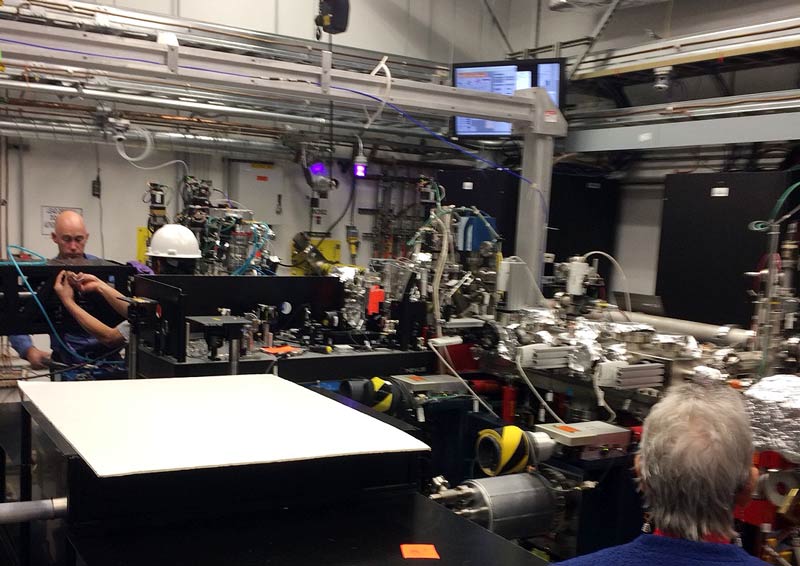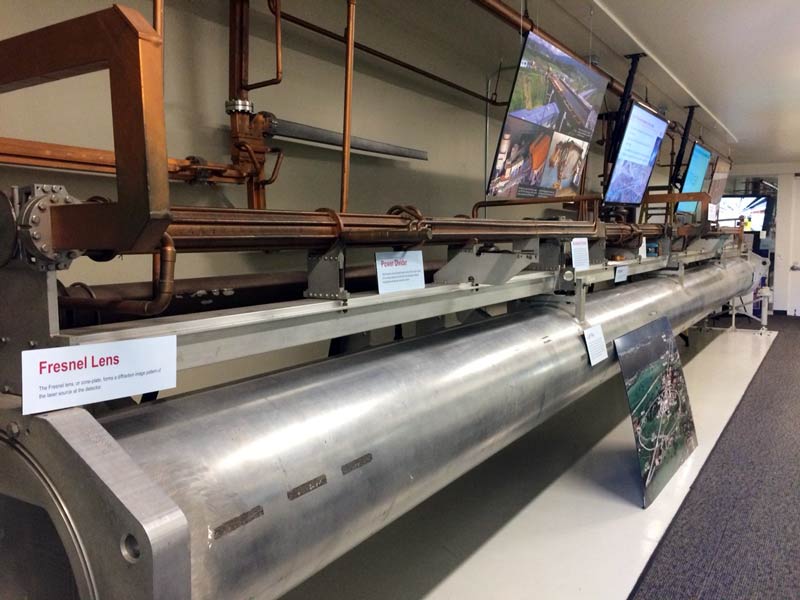Sigma Pi Sigma Physics Congress (PhysCon)
November 3, 2016 to November 5, 2016
San Francisco, CA
Meeting host: By:Anthony Middleton
SPS Chapter:

The SLAC (Stanford Linear Accelerator Center) is a repurposed linear accelerator which is currently being used for a myriad of different experiments, most of which involve radiation. I got to tour this facility as part of PhysCon, and I was pretty excited. I am most interested in particle physics, and a re-purposed linear accelerator sounded like it would be right up my alley. The first part of the tour introduced us to the linear accelerator housing, where we got our first look at the machinery. It was an incredibly long, straight hallway and looked as though it was a repeated reflection, like when you face two mirrors against each other. At first, most people on the tour actually thought there was a large mirror on the wall until they saw that they were not being reflected in it.
For the second part of the tour, we went to one of the labs that was currently working on an experiment with creating images of atoms. This is done by using the intense amount of radiation generated by the accelerator and focusing it onto a small area. The experiment was currently in progress when our group visited their lab, and it was interesting to see what sort of precautions they take when working with such high radiation. (For the most part, they just seemed to put aluminum foil on everything. I thought it was kind of funny that it wasn’t more high-tech.) For the last part of the tour, we went to a 3-D presentation on dark matter and energy. It was probably the best 3-D experience I have ever seen. The clips that our presenter played on how dark matter interacts with the universe were very artistic.

On the way back to the hotel, I asked one of our tour guides about the facility. I learned that SLAC is actually a part of the Stanford University campus, and the students are very much involved with the experiments. Of course, not all the students are allowed onto the SLAC grounds and are required to get clearance in order to enter. There are also quite a few internship opportunities at SLAC available to students across the United States. Overall, I would say that I enjoyed this tour very much. It got me more interested in radiation and particle physics. I also wasn’t expecting to learn about dark matter, which was a nice surprise.